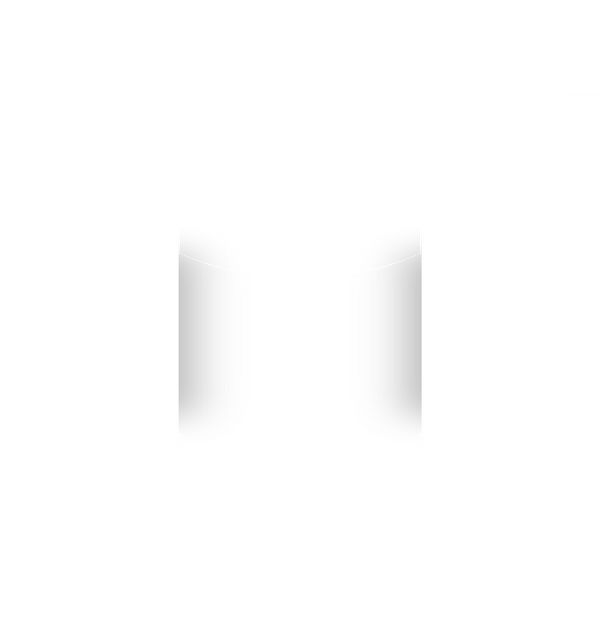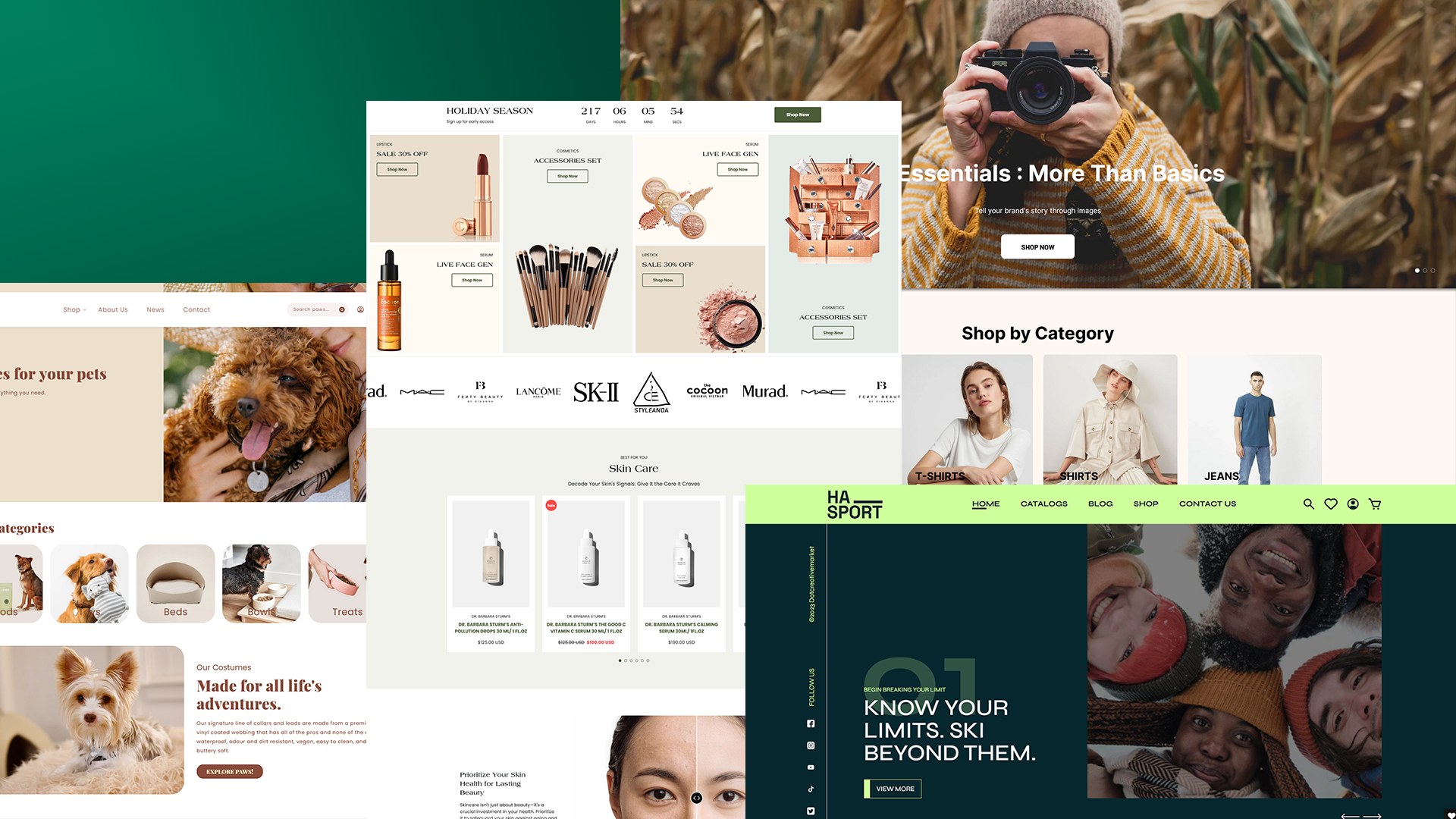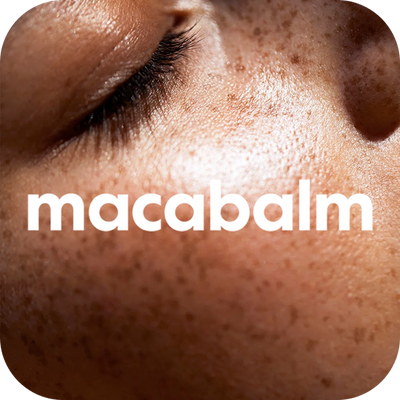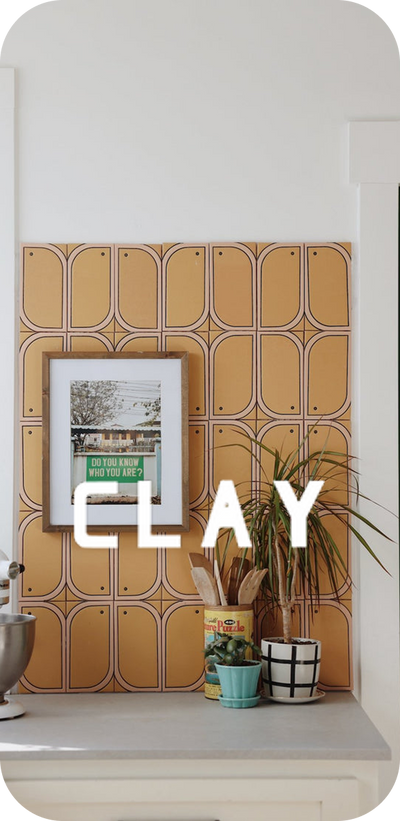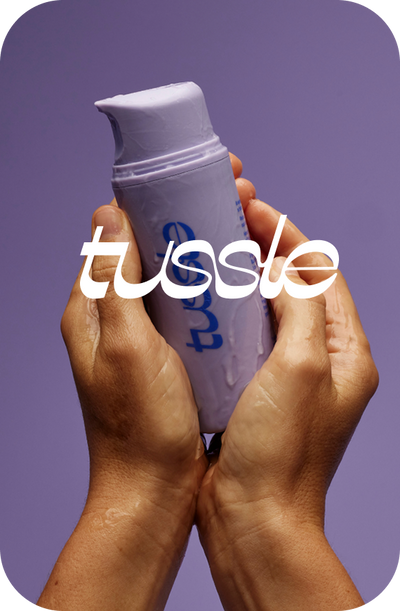

We are experts on
Store Setup

We specialize in delivering seamless Shopify store setup services, turning your vision into a fully functional online store. Simply provide your requirements, and we’ll handle everything from store creation and theme selection to configuring settings and ensuring everything is optimized for launch. Our goal is to set you up with a professional, well-configured Shopify store that’s ready to sell and grow your business.

Our strength
Custom Development

We offer custom Shopify development tailored to your brand’s unique needs—whether it’s building from scratch, extending functionality, or optimizing for performance. From fully custom themes to complex integrations and advanced features, our team transforms ideas into seamless, scalable eCommerce experiences. With a deep understanding of Shopify’s capabilities, we craft solutions that not only look great but work exactly how your business needs them to.

We also provide
Offshore Development Center (ODC)

HappyPoints’s Offshore Development Center (ODC) gives you a dedicated team of Shopify experts who work as an extension of your in-house team. We help you scale quickly, optimize development costs, and maintain high-quality delivery across projects. Whether you’re an agency or a brand, our ODC model ensures smooth collaboration, transparent communication, and long-term support tailored to your workflow.

A full-service Shopify development agency
Our Speciality is Shopify Development
Focusing on the most feature-rich and friendly eCommerce platform, we started developing with Shopify in the very early days and have supported hundreds of brands succeed on the platform.
With an NPS score of 70%, most of our new clients come through word-of-mouth. Shopify themselves also recommend us.
The question is why? Because we are customer-centric and get the job done the way you want.
If it has 3 words to describe us, it must be
On-time. On budget. High-standards.

high working standards
Driven by Quality, Defined by Results
At HappyPoints we understand the standards that make our clients happy. We make sure you will have a seamless experience with our development processes.
Our deep understanding of Shopify’s capabilities means we can build solutions that fit your business.
See our
Newest blogs
-

Top 5 Technology Trends Reshaping E-commerce in...
Cutting-edge technologies like AI-driven personalization and advanced cybersecurity are transforming online retail. To stay competitive in 2025 and beyond, businesses must embrace these innovations and evolve with the industry. 1....
View moreTop 5 Technology Trends Reshaping E-commerce in...
Cutting-edge technologies like AI-driven personalization and advanced cybersecurity are transforming online retail. To stay competitive in 2025 and beyond, businesses must embrace these innovations and evolve with the industry. 1....
-

8 Lessons from the HappyPoints Journey - Startu...
"It'll never work." Those were the words echoing in our ears as we took the first tentative steps on the HappyPoints journey. We had an ambitious idea, a burning belief...
View more8 Lessons from the HappyPoints Journey - Startu...
"It'll never work." Those were the words echoing in our ears as we took the first tentative steps on the HappyPoints journey. We had an ambitious idea, a burning belief...
-

"Happy" at HappyPoints – The "Good to Great" Jo...
Have you ever wondered "What does happiness at work really mean?" As a tech company, HappyPoints used to scratch our heads over this question too. But then we realized: 👉...
View more"Happy" at HappyPoints – The "Good to Great" Jo...
Have you ever wondered "What does happiness at work really mean?" As a tech company, HappyPoints used to scratch our heads over this question too. But then we realized: 👉...
Take It From Our Clients

Jessica Lee
Director
Working with HappyPoints was a game-changer for our business. We provided our requirements, and they took care of everything - creating a stunning, fully functional Shopify store that was up and running in no time. The team was professional, responsive, and made sure every detail was set up perfectly. We couldn't be more thrilled with the results and how seamless the entire process was.

Michael Torres
E-commerce Manage
We needed a team that could deliver custom features without overcomplicating things — and HappyPoints nailed it. From product filtering to mobile performance, everything now works smoother. Would 100% recommend them!

Lena Müller
CEO
Migrating our store to Shopify felt overwhelming at first, but HappyPoints made it seamless. They handled everything - from data migration to theme customization - with care and precision. We didn’t lose a single order or customer record. It was one of the best decisions we’ve made for scaling our business.

